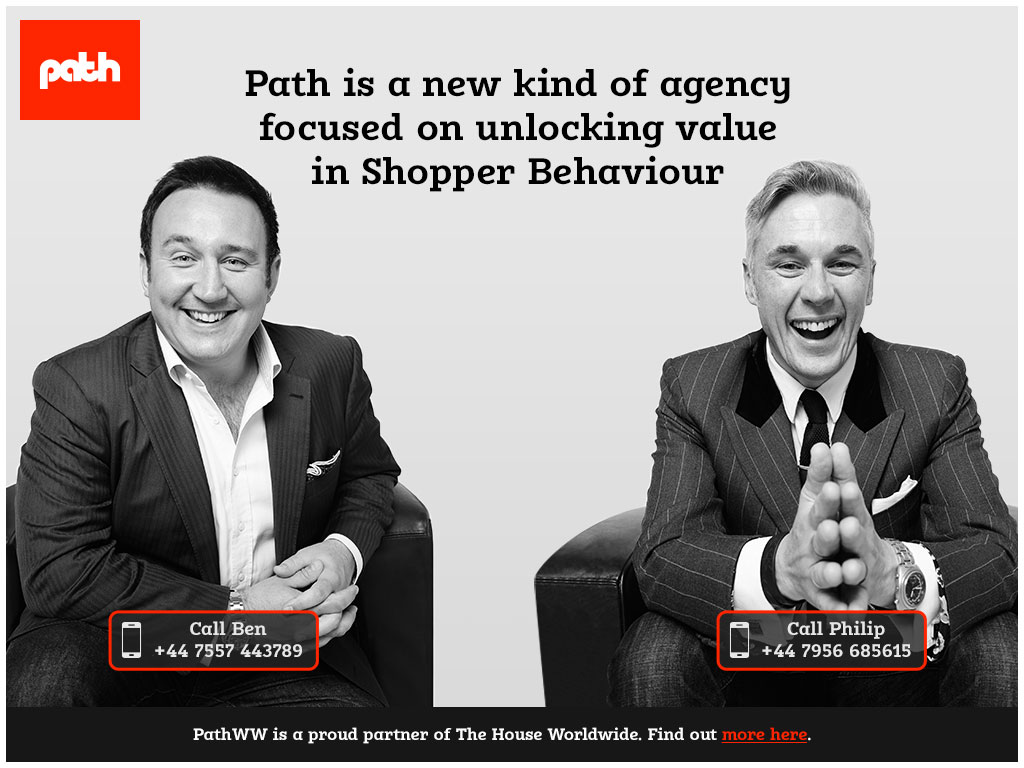(Written for a 2012 talk)
Why we need to make new technology acceptance like 1970’s Punk. Scary at first but strangely comforting when familiar.
A recent incident with the Girl Guides in America highlighted the ever growing conflicts between those who get our new speed of change and those blinked to it. The worst part? we are losing the power to debate the ground in-between. A generation of reality shows appears to have tutored people in conflict arguments rather than debating skills.
Anyway back to Punk. The speed of musical change in the late 1970’s meant that the mainstream got a fair few years to come to terms with the Sex Pistols and The Clash and accept change had indeed happened. But in terms of technology, it's like Dubstep which emerged from a South London underground scene but before the UK mainstream got it, the Americans were exporting it back to the UK. Change just got dumped on the masses in the shape of Britney Spears remixes.
The beauty of human ingenuity paired with internet capabilities means that constant change is now our norm. Unless we embrace some bizarre Pol Pot style year zero experiment we need to communicate the benefits of rapid change to a wider group of the population. This takes me back to the Girl Guides of America. Links below for full story.
But to summarise; 11 year old Girl Scout adds to her door to door selling of cookies by setting up PayPal account and selling online. Great idea you’d have thought, well yes, The Girl Guides at first congratulated the girl on her resourcefulness, but then changed tack and slapped the poor girl down saying that the internet was not a place for a Girl Guide to learn life skills (!) and she would be ‘..much safer..’ selling door to door. You can imagine the scale of the resulting social media storm. It was both loud and unfortunately generally lacking in any form of debate, just shouted statements. Maybe not quite as diametric as the American assault rifle ‘debate’ but still pretty entrenched into unstoppable force meets immovable object territory.
New opportunities driven by new technology are going to appear more often. This will benefit the parts of society attuned to accepting the positive benefits of rapid change.
Our challenge is to communicate the wider benefits of constant improvement, The web has happened, social change is exciting, scary and not a little fun. Rather than just focus on the thing that is causing the current moment of change. We have big chunks of society who still need bringing onboard to the realities of a mobile based, mature tech world. It is a responsibility of those developing new tech that what they have in their hands is not just a shiny new object, but a potential weapon of diversion.
Compared to the 1970’s we are much more tolerant of differences in musical styles. Its no longer a subject for broadcast bans or Government intervention. But we appear to have become more intolerant of those who are not on ‘our’ technological level. This is why I say there is a huge responsibility for those brands with the power to communicate across social demographic groups to explain a wider message. This is a narrative that development means change (and change is good).
Any brand in any market adapts to the forces around it. The wonder of our current situation is that adoption can and will happen fantastically fast. To repeat myself, the imperative is not to leave chunks of our society behind, entrenched in a refusal to adapt, like an American style second amendment position, violently opposed to change however logical or beneficial.
Whether its a Girl Guide selling cookies or someone writing music, traditional procedures exist. But we now have increased abilities to find and implement smarter solutions to the processes at hand. What becomes dangerous for society is not a new song or type of cookie sale but the misunderstanding of why it had to be ‘new’












